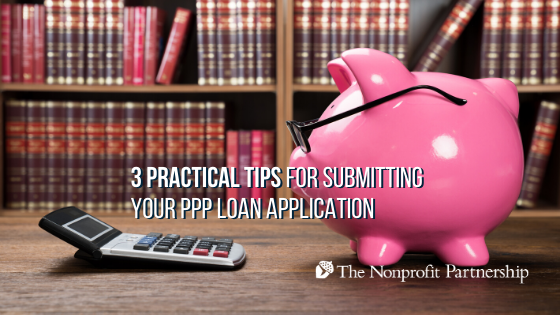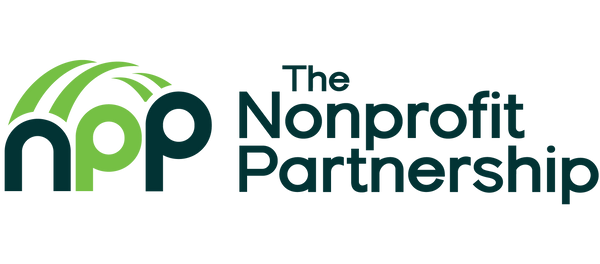
“If it seems too good to be true, it probably is”? Not so for the most buzzed-about component of the Coronavirus Relief, Aid, and Economic Security (CARES) Act, the Paycheck Protection Program.
Under this provision, eligible nonprofits and small businesses can apply for a maximum of 2.5 times their average monthly payroll costs (or $10 million—whichever’s less) in emergency funding from the Small Business Administration in order to retain (or re-hire) staff and cover a handful of other qualifying expenses for an eight-week period. If certain conditions are met, applicants may have their loans completely forgiven, effectively converting their funds into a federal grant.
Learn more about the Paycheck Protection Program from the U.S. Department of the Treasury.
The Paycheck Protection Program is an unprecedented initiative for unprecedented times, and NPP has gathered a collection of resources to empower your organization to apply for funding under the PPP, including McGill Power Bell & Associates’ highly informative application information, along with other information, in our COVID-19 Resource Library.
Once you’ve calculated your maximum loan amount, decoded the mysteries of the borrower form, and wrangled a signature from your Executive Director, you may be over the hump—but you’re not done just yet. Here are three tips for successfully completing the loan application process.
1. Expect delays. If you think you’re the only person who learned that loans have the potential to be forgiven and heard (albeit incorrectly) “free money,” you’d be wrong. Nonprofits and small businesses across the country are flocking to submit their loan applications ASAP, since the $349 billion allocated for loans under the CARES Act will be awarded on a first-come, first-served basis. (Although there’s talk of earmarking another $250 billion to replenish the pot when the original funds run out, there’s no guarantee it’ll be made available, adding to applicants’ excitement to apply early.)
What this means for you: your lender’s application portal will probably be bogged down under the weight of every Tom, Dick, and Harry in their service area trying to push an application through. As a result, trying to submit an application when your lender is experiencing high traffic means you may find yourself in a nasty, boring loop: beginning the application, making it halfway (or worse, almost all the way) through, getting kicked out of your session with a curt error message, and exercising some colorful vocabulary, before starting again, 40 minutes older and exponentially crankier.
You need to be strategic about the time of day you choose to submit your application. Instead of trying to submit an application during regular business hours, opt for off-peak times early in the morning or late in the evening instead: think 6:00 to 7:30 AM or 8:00 to 9:30 PM.
And expecting delays goes for disbursement, too. Originally, Treasury Secretary Mnuchin indicated that borrowers might submit an application and received funds that same day. But, like everything else right now, that bit of information wasn’t exactly evergreen.
Funding timelines will vary by lender, but be sure to temper your expectations: you probably won’t see your money for at least a week or two. Ask your banking representative for the most up-to-date estimate.
2. Read the instructions, then read them again. Just like for the borrower application you completed, following directions is paramount. Your lender’s portal will very likely have restrictions for certain fields, and no matter how digitally literate you are, they won’t always make a ton of sense. Don’t let yourself get tripped up: read those directions! Twice!
What kind of signature does your lender require on the borrower application: ink, “regular” digital (like a .PNG of a signature), certified digital, something else? What file types are you allowed to upload? How much detail do they want to see in your payroll reports?
3. Be organized. It’s your job to make it easy for your lender to say yes to your application. This means providing all of the information they ask for and making it easy to find it.
What does this mean in practice? Clearly labeling every document you upload, stitching together PDFs (when appropriate) to cut down on visual clutter, making cover sheets for documentation packets with relevant data tables on them, you name it.
The golden rule applies here: think about how you’d want someone to present sheaves upon sheaves of information you’d need to read and synthesize. Hint: it’s not in the digital equivalent of cryptically labeled potpourri.
Armed with the information from NPP’s COVID-19 Resource Library and these tips, you’ll be well on your way to submitting a loan application.
Looking for more information on the application process? Register for my webinar, “The Non-Accountant’s Recap: Applying for a Paycheck Protection Program Loan During the Pandemic,” on Thursday, April 9 at 11:00 AM, or schedule a time to chat with me here.

